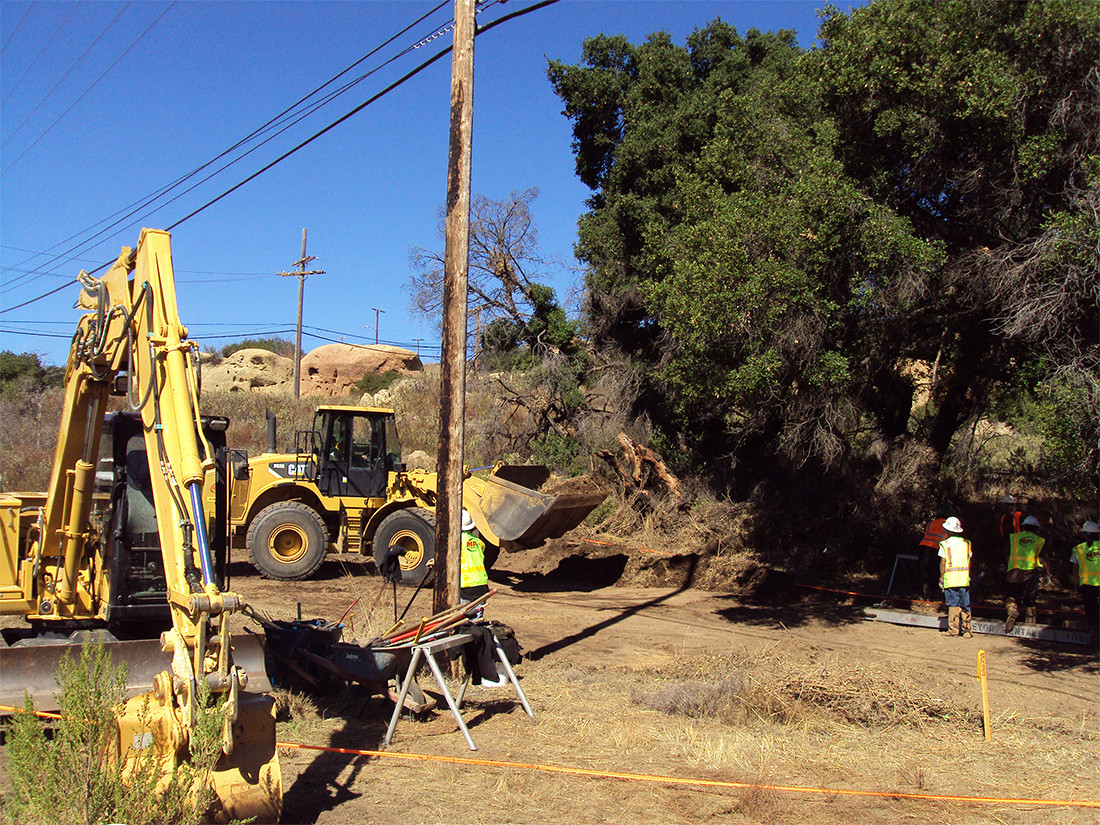
NASA remains committed to a soil cleanup at SSFL that is protective of public health and the environment, uses the best available science and technology, and preserves the site’s natural, historic, and Native American cultural resources for future generations. NASA has been working with the Department of Toxic Substances Control (DTSC) under the 2010 Administrative Order on Consent (AOC) that defines the process for characterization and cleanup of soils at SSFL. The AOC requires NASA to clean up soils to Look-up Table values, established by DTSC in 2013.
NASA has conducted several interim actions to clean up soils, including removing 3,000 cubic yards of mercury contamination and removing several buildings and five underground storage tanks. In 2019, DTSC approved NASA’s comprehensive soil investigation in NASA-administered areas at SSFL that included sampling, laboratory analyses, treatability studies, and pilot testing. In 2020, NASA released a Supplemental Environmental Impact Statement (SEIS) evaluating the environmental impacts of the soil cleanup. The SEIS evaluation found that an AOC cleanup, which would require the excavation and removal of an estimated 870,000 cubic yards of soil in NASA areas, would result in significant and unavoidable environmental impacts to the site’s cultural and natural resources. The SEIS also highlighted some of the technical challenges associated with implementing an AOC cleanup, including locating backfill that both meets AOC LUT standards and is capable of supporting revegetation and restoration of the natural habitat impacted by soil excavation.
NASA is working with the DTSC technical teams to address the environmental impacts and resolve technical challenges associated with implementing the AOC soil cleanup so that NASA can proceed with plans for a comprehensive soil cleanup of NASA areas at SSFL.